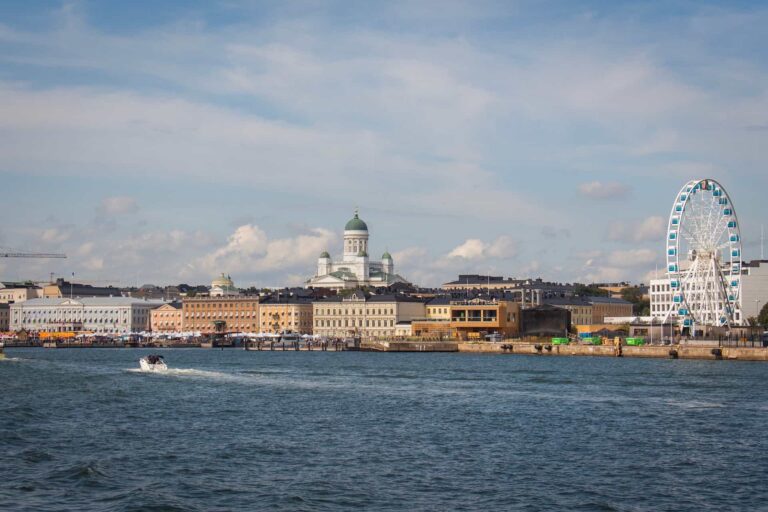Highest Tax Rates: taxation, a subject that garners continuous attention and sparks intense discussions, is significant in finance and personal wealth management. The concept of taxation varies widely among countries, leading to distinct implications for individuals and businesses.
In 2023, knowing the countries with the highest tax rates is crucial as economies evolve and governments seek to maintain fiscal stability. This knowledge empowers individuals and businesses to navigate the complex terrain of taxation, optimize their financial strategies, and identify growth opportunities.
Table of Contents
Countries with the highest tax rates in 2023
By exploring the countries with the highest tax rates in the world, we can gain valuable insights into the diverse approaches taken by governments and the implications they have for residents and taxpayers:
1. Ivory Coast
The Ivory Coast stands out as a country with beach resorts, rainforests, and a French-colonial legacy, but it also levies the highest personal income tax rate in the world at a massive 60%.
Despite this, people living in Ivory Coast can explore alternatives and avoid giving away such a significant portion of their income to the government. It is puzzling why someone would settle for paying most of their income to the government, considering the country’s relatively low quality of life.
2. Finland
With the highest taxes in Europe and the second-highest globally, Finland ranks among the list of highest-tax countries.
Its top marginal tax rate of 56.95% contributes to this ranking, and the country also imposes one of the highest capital gains taxes.
An intriguing aspect of Finnish taxation is that anyone who stays in the country for over six months is considered a resident and subject to Finnish tax on their worldwide income, without any distinction based on the source country.
3. Japan
Despite having the 11th largest population in the world, Japan boasts remarkable economic achievements. It is the third-largest national economy globally regarding nominal GDP and the fourth-largest based on purchasing power parity.
Among the high-tax countries, Japan stands out as the only Asian nation, with a top marginal tax rate of 55.97% on income. The dominance of Japanese corporations in producing sophisticated technology and automobiles contributes to the ample income available for the government to tax.
Additionally, Japan’s cultural popularity rivals Western countries, making it a unique player in the international arena.
4. Denmark
Denmark ranks among the top nations globally with its developed economy and high GDP per capita. The Danish welfare state is built on the principle of equal access to services funded by taxes.
To meet the needs of its relatively small population, the government imposes a total tax rate equivalent to 56% of per capita income. Many view this as a justification for the country’s high tax rates, ensuring increased access to social programs for Danish citizens.
While some attribute Denmark’s happiness to its tax-funded welfare system, others believe the Danish mindset, embracing the concept of “Hygge,” contributes to their happiness.
5. Austria
Austria, one of the German-speaking countries, boasts a developed and prosperous economy similar to its counterparts. However, such privileges come at a cost, as Austria imposes a top marginal tax rate of 55%.
In addition to high-income tax rates, social security contributions stand at 18%, bonus payments are taxed at 6%, and capital gains tax reaches 27.5%.
Although Austria ranks among the wealthiest nations globally, with a high standard of living, one must question the trade-off between prosperity and high tax rates. Other countries offer a comparable quality of life with significantly lower tax burdens.
6. Sweden
Sweden, the 11th richest country based on GDP per capita, enjoys a high standard of living and low-income inequality. The country’s advanced welfare state and post-industrial society contribute to its prosperity.
However, this comes with a price, as Sweden imposes a personal income tax rate as high as 52.9%. The taxation system combines employee income tax with social security contributions from employers. While Swedes may face heavy taxation, there is an exemption for residential property sales.
Although Sweden offers an impressive quality of life, individuals must weigh the benefits against the burdensome tax rates.
7. Aruba
Aruba, known for its stunning Caribbean landscapes and safety compared to other Caribbean destinations, imposes a staggering personal income tax rate of 52%.
While the tax rate has decreased from 59%, it remains difficult to justify why individuals should surrender over half of their hard-earned income to the government. Despite its allure as a vacation spot, the high tax rate raises questions about the financial trade-offs for residents and potential taxpayers in Aruba.
8. Belgium
Belgium is one of the world’s largest trading nations with its highly globalized economy and integrated transport infrastructure. However, this comes with a downside: Belgium also boasts one of Europe’s highest personal income tax rates.
People often complain about their tax burdens, but it’s a reality in Belgium. Currently, earning over €46,440 subjects individuals to a tax rate of 50%, which is an improvement compared to the previous rate of approximately 54%.
Countries with the highest tax rates help its government achieve better fiscal stability
The countries with the highest tax rates in the world present a diverse range of economic, cultural, and historical contexts. Ivory Coast, Finland, Japan, Denmark, and others impose substantial tax burdens on their residents, reflecting different approaches to funding government programs and services.
While high tax rates may contribute to robust social welfare systems and public infrastructure, they also raise questions about the balance between taxation and individual prosperity.
Each country’s unique circumstances, such as population size, GDP per capita, and quality of life, shape the rationale behind their tax policies. Understanding the factors driving these high tax rates is crucial for individuals and businesses seeking to make informed decisions about financial planning and international ventures.
Read also: The highest paid political leaders around the world: the ranking in 2023












